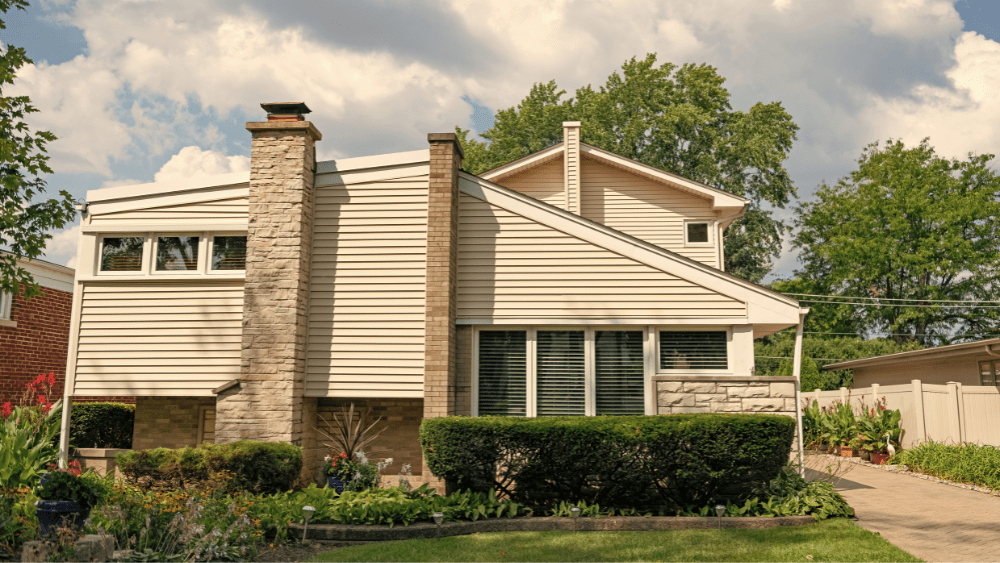
Are you considering a move to Chicago? No matter where you’re considering relocating, you may want to know how the cost of living in the Windy City compares to your current living situation. Thankfully, we have your back. This guide will break down what makes up the cost of living in Chicago, from housing expenses to food and healthcare costs. We’ll provide data from the local cost of living index and comparison tools and look at how Chicago ranks for livability compared to other U.S. cities. We’ll also share a handy set of additional online resources to measure and compare the cost of living and expenses in other Illinois cities. Cambridge Dictionary defines cost of living as “the amount of money people need to spend to buy basic goods or services such as food, clothes, and a place to live.” How that will factor into where you currently live versus where you might plan on moving (like Illinois, for example) will vary, but there are some common living expenses that you’ll have to consider. This can be broken down into several categories: However, the costs often extend beyond these basics to cover other expenses, such as: These comprise the core costs associated with a particular way of living. However, the standard of living also has to consider your personal income and debts and how the dollar amounts compare to the costs of basic needs in your location or, in this case, the Chicago community where you might want to live. Let’s take a quick look at some ways you can compare your current living cost with what you might experience if you move to Chicago. A cost of living index (CLI) monitors how much these basic expenses evolve over time in different states, cities, or regions. They provide a way to compare the price of maintaining a particular standard of living. The CLI for a city like Chicago is calculated by assessing the price of essential goods and services in different areas, such as housing, food, transportation, and healthcare A local index is typically standardized, with a base city assigned a baseline index value (usually set at 100). Other cities are then compared against this benchmark. For example, an Illinois community with a CLI of 125 would signify that living there is 25% more expensive than the base location, while an index of 75 indicates it’s 25% less expensive. A cost of living index will typically break down and score each basic expense by category. According to Best Places, Chicago’s cost of living is higher than the national average. Here are separate scores for Chicago from the Best Places Chicago Cost of Living Index: Best Places notes that Chicago’s cost of living is about 5 points higher than the average U.S. city, based on expenses for housing and other core goods and services, placing it near the same level as cities like Miami and Las Vegas.What makes up the ‘cost of living’ in Chicago?
What’s a Chicago cost of living index (CLI)?
Cost perspective



